Our fall dye run is complete, and skeins are available for sale. First, a bit about the process and ordering terms. Subsequent posts will picture the various colors available, along with yarn sizes.
These are 100% wool yarns spun on a commercial grade spinner, dyed with a variety of natural dyes and mordants available during the 18th and 19th centuries.
Each year, during the first week of November, Sister and I (along with a whole bunch of helpers) wash wool, card, spin, weave and dye in a historical setting at Fort Toulouse-Jackson State historic site, near Wetumpka, Alabama. This unique site holds the archeological remains of an 18th century French fort, an 1812 War fort, Indian mounds, Indian, French and English homesteads, and a large variety of native wildlife. In addition to living and working in the reconstructed structures, we talk with approximately 15,000 school children and adults during the week-long event.
For me, the historical setting is as important as the process of dyeing—the daily routine of rising with the sun to build fires, haul water, set the complicated chemistry of natural dyes into motion, and having a quiet moment watching the mists from the river before the school buses roll in. About the time I’ve gotten my first cup of coffee from the quick heat of the blacksmith’s forge, some unfortunate soul from the French Marine barracks arrives with buckets of urine collected in the night, to aid in the process of washing greasy wool. Others come up with dinner on the hoof to trade for the process of dyeing garments, and we look with anticipation for Indians to bring baskets of dyestuffs so we can attempt to extract some color from a plant new to us.
Wool yarn is wound into skeins of approximately 1 pound of dry weight. Those skeins are ‘scoured’ through at least two changes of hot water to remove any remaining spinning oils or lanolin. Each skein then goes through a mordant process---simmering for several hours with various metal salts that are required to bind the dyes to the wool. In a majority of my dyes, I use an alum mordant—it’s the least toxic of the good mordants available. Also used are salts of tin, copper, iron, tartaric acid, lye, lime and a variety of other common chemicals. Each has its own purpose in affecting color depth, intensity, lightfastness and range---from the same pot of cochineal red dye, I can obtain colors ranging from orange to pink to red to purple, depending on the mordant used on the skeins.
After mordanting, skeins are rinsed again in hot water, and placed in soaking barrels. Dyepots are prepared by simmering the dye stuffs, often in cheesecloth bags, until the color has been extracted. The dyestuffs are removed, and the wet mordanted skeins are transferred to the dyepots for additional simmering which may last from 30 minutes to 12 hours.
Some skeins may then be transferred to a second dyepot in order to make a color combination, or placed in an afterbath such as lime to change a color. After the dye process is complete, the skeins are dried in open air, and then go through a series of hot water rinses to remove excess dye.
Dye lots vary depending on the wool breed utilized, ply and twist, strength of dyestuff, mordant and water content. Each skein is unique and may contain variations in color depth throughout the skein---the color cannot be reliably matched in subsequent dye runs. As you plan a project, make sure you are purchasing enough yarn to complete it.
Natural dyes have been used for thousands of years and produce a wonderful range of shades and variations of color. With each step in the process, yarns are rinsed to remove excess dye but not all can be removed. As you work with these yarns, some color may rub off on your hands. This is called ‘crocking’ and is a common property of these dyes. The crocked color will wash off your hands with soap and water. Natural dyes change color over time and excessive light exposure can hasten that change.
Dyer’s skeins of approximately 1 pound in weight are $75. Shipping by US Priority Mail is included in this price, with a minimum order of 1 pound. Yardage in the various skeins will vary, depending on the weight of the yarn, which is detailed along with the color information. These skeins come to you as pictured, with 4-6 cotton skein ties on each one. It is advised that you possess a squirrel cage swift or umbrella swift capable of handling a 2 yard circumference skein, or have a partner with the patience and time to hold the skein properly while you wind a ball.
Skeins may also be purchased in 100 yard skeins for $8 per skein. Shipping is included at this price, and there is a minimum order of 6 skeins for mail order sales.
Fingering and lace weight skeins are priced as indicated with those images. Only the whole skein may be purchased in those yarn types, and skein weights vary from 4 to 6 ounces.
All payments are through Paypal. You have a 3 day return option for a full refund, less shipping and handling costs. The skein ties must be unbroken in order to return the yarn.
To order yarn, you will first need to reserve the amount you need by sending an email to me at thlawson@bellsouth.net Copy the full description as listed below to include Skein #, color description, and yarn size. State the amount you desire to purchase, either as a full 1 pound dyer’s skein, or in 100 yard increments.
Please do not use the A/C private message system, as these yarns are offered through a variety of venues, and the first time stamp will prevail. You will then receive a confirmation and instruction for Paypal remittance. Once an order is confirmed to you, it will be held for 3 days pending the receipt of payment notification from Paypal . If payment is not received within that time period, the items will be released for other sales.
I hope you enjoy using these naturally dyed yarns as much as I enjoy producing them. This is but a small part of the much larger process of our efforts to accurately depict life and material culture in the mid 19th century.
These are 100% wool yarns spun on a commercial grade spinner, dyed with a variety of natural dyes and mordants available during the 18th and 19th centuries.
Each year, during the first week of November, Sister and I (along with a whole bunch of helpers) wash wool, card, spin, weave and dye in a historical setting at Fort Toulouse-Jackson State historic site, near Wetumpka, Alabama. This unique site holds the archeological remains of an 18th century French fort, an 1812 War fort, Indian mounds, Indian, French and English homesteads, and a large variety of native wildlife. In addition to living and working in the reconstructed structures, we talk with approximately 15,000 school children and adults during the week-long event.
For me, the historical setting is as important as the process of dyeing—the daily routine of rising with the sun to build fires, haul water, set the complicated chemistry of natural dyes into motion, and having a quiet moment watching the mists from the river before the school buses roll in. About the time I’ve gotten my first cup of coffee from the quick heat of the blacksmith’s forge, some unfortunate soul from the French Marine barracks arrives with buckets of urine collected in the night, to aid in the process of washing greasy wool. Others come up with dinner on the hoof to trade for the process of dyeing garments, and we look with anticipation for Indians to bring baskets of dyestuffs so we can attempt to extract some color from a plant new to us.
Wool yarn is wound into skeins of approximately 1 pound of dry weight. Those skeins are ‘scoured’ through at least two changes of hot water to remove any remaining spinning oils or lanolin. Each skein then goes through a mordant process---simmering for several hours with various metal salts that are required to bind the dyes to the wool. In a majority of my dyes, I use an alum mordant—it’s the least toxic of the good mordants available. Also used are salts of tin, copper, iron, tartaric acid, lye, lime and a variety of other common chemicals. Each has its own purpose in affecting color depth, intensity, lightfastness and range---from the same pot of cochineal red dye, I can obtain colors ranging from orange to pink to red to purple, depending on the mordant used on the skeins.
After mordanting, skeins are rinsed again in hot water, and placed in soaking barrels. Dyepots are prepared by simmering the dye stuffs, often in cheesecloth bags, until the color has been extracted. The dyestuffs are removed, and the wet mordanted skeins are transferred to the dyepots for additional simmering which may last from 30 minutes to 12 hours.
Some skeins may then be transferred to a second dyepot in order to make a color combination, or placed in an afterbath such as lime to change a color. After the dye process is complete, the skeins are dried in open air, and then go through a series of hot water rinses to remove excess dye.
Dye lots vary depending on the wool breed utilized, ply and twist, strength of dyestuff, mordant and water content. Each skein is unique and may contain variations in color depth throughout the skein---the color cannot be reliably matched in subsequent dye runs. As you plan a project, make sure you are purchasing enough yarn to complete it.
Natural dyes have been used for thousands of years and produce a wonderful range of shades and variations of color. With each step in the process, yarns are rinsed to remove excess dye but not all can be removed. As you work with these yarns, some color may rub off on your hands. This is called ‘crocking’ and is a common property of these dyes. The crocked color will wash off your hands with soap and water. Natural dyes change color over time and excessive light exposure can hasten that change.
Dyer’s skeins of approximately 1 pound in weight are $75. Shipping by US Priority Mail is included in this price, with a minimum order of 1 pound. Yardage in the various skeins will vary, depending on the weight of the yarn, which is detailed along with the color information. These skeins come to you as pictured, with 4-6 cotton skein ties on each one. It is advised that you possess a squirrel cage swift or umbrella swift capable of handling a 2 yard circumference skein, or have a partner with the patience and time to hold the skein properly while you wind a ball.
Skeins may also be purchased in 100 yard skeins for $8 per skein. Shipping is included at this price, and there is a minimum order of 6 skeins for mail order sales.
Fingering and lace weight skeins are priced as indicated with those images. Only the whole skein may be purchased in those yarn types, and skein weights vary from 4 to 6 ounces.
All payments are through Paypal. You have a 3 day return option for a full refund, less shipping and handling costs. The skein ties must be unbroken in order to return the yarn.
To order yarn, you will first need to reserve the amount you need by sending an email to me at thlawson@bellsouth.net Copy the full description as listed below to include Skein #, color description, and yarn size. State the amount you desire to purchase, either as a full 1 pound dyer’s skein, or in 100 yard increments.
Please do not use the A/C private message system, as these yarns are offered through a variety of venues, and the first time stamp will prevail. You will then receive a confirmation and instruction for Paypal remittance. Once an order is confirmed to you, it will be held for 3 days pending the receipt of payment notification from Paypal . If payment is not received within that time period, the items will be released for other sales.
I hope you enjoy using these naturally dyed yarns as much as I enjoy producing them. This is but a small part of the much larger process of our efforts to accurately depict life and material culture in the mid 19th century.



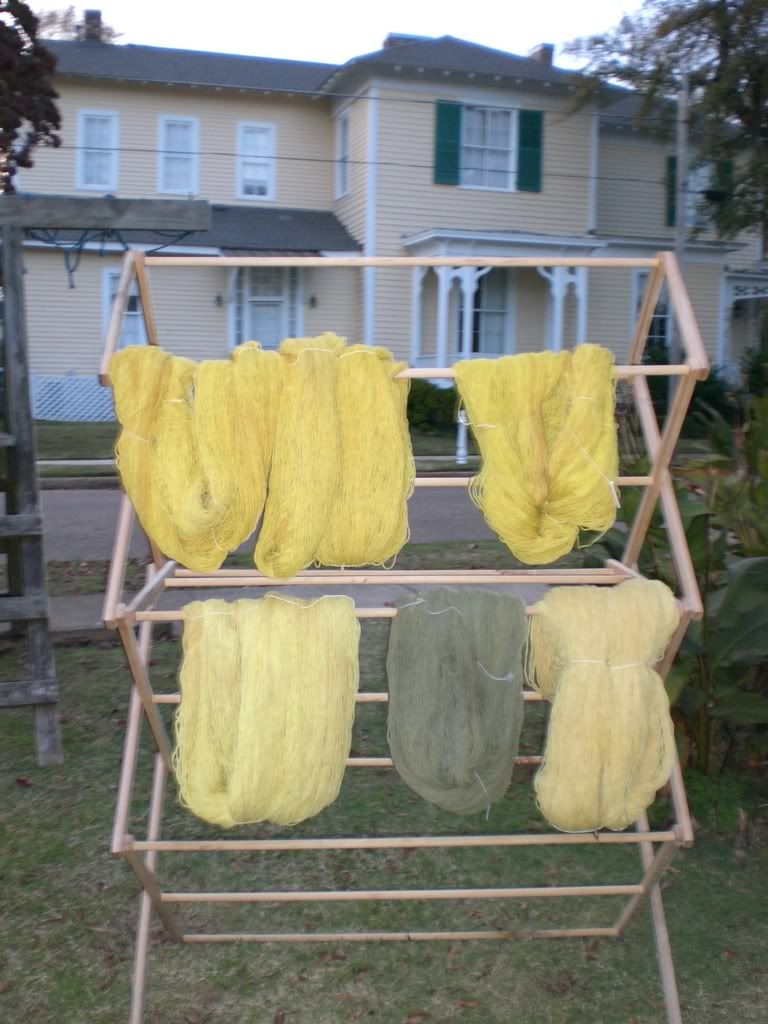
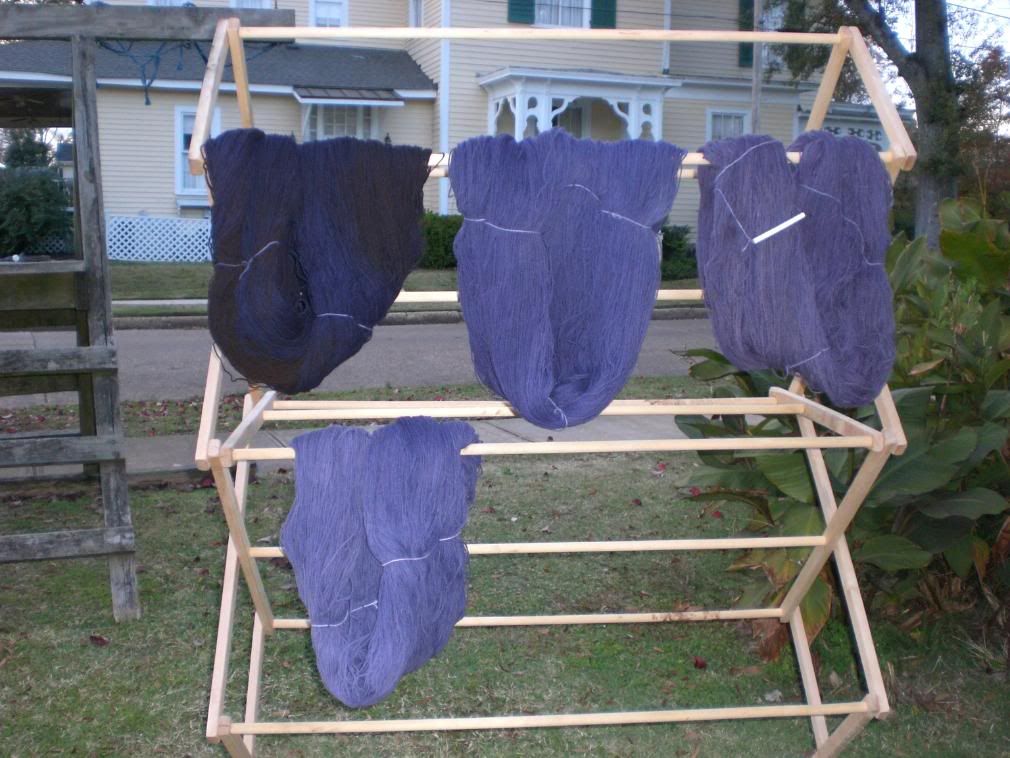

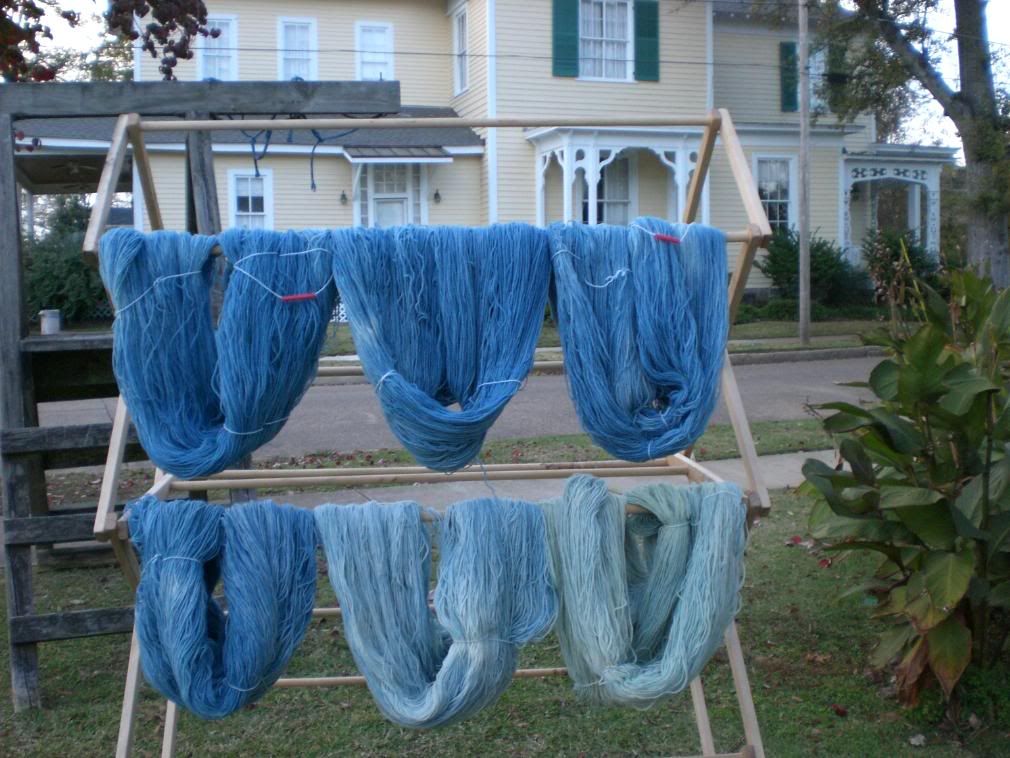
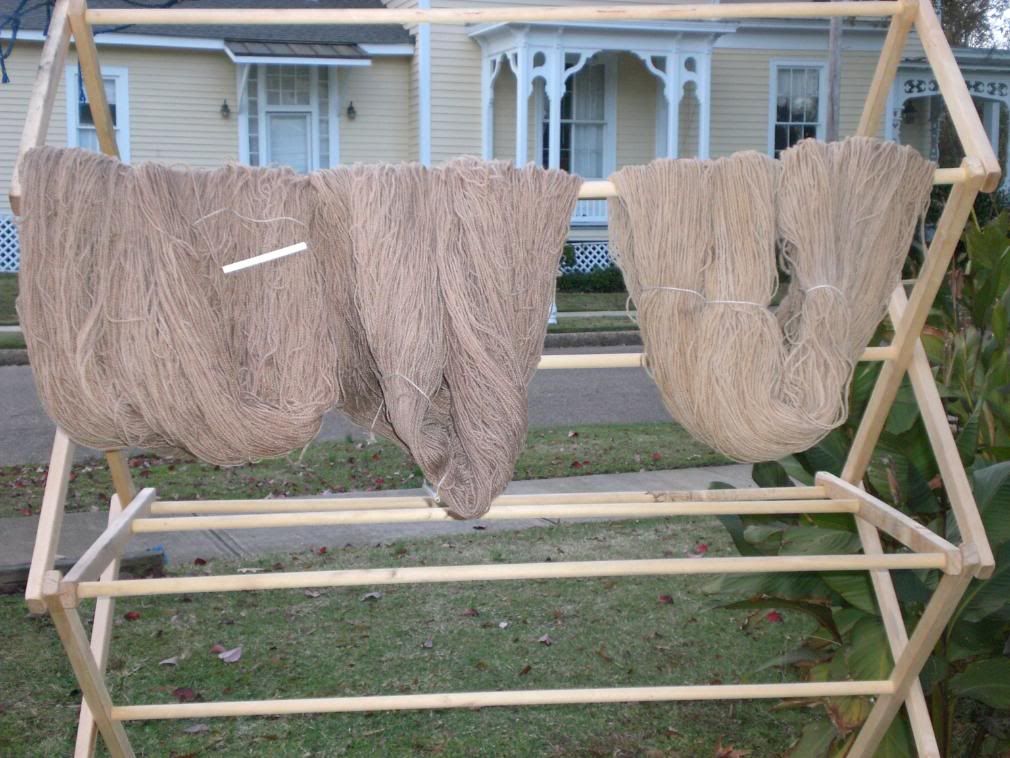
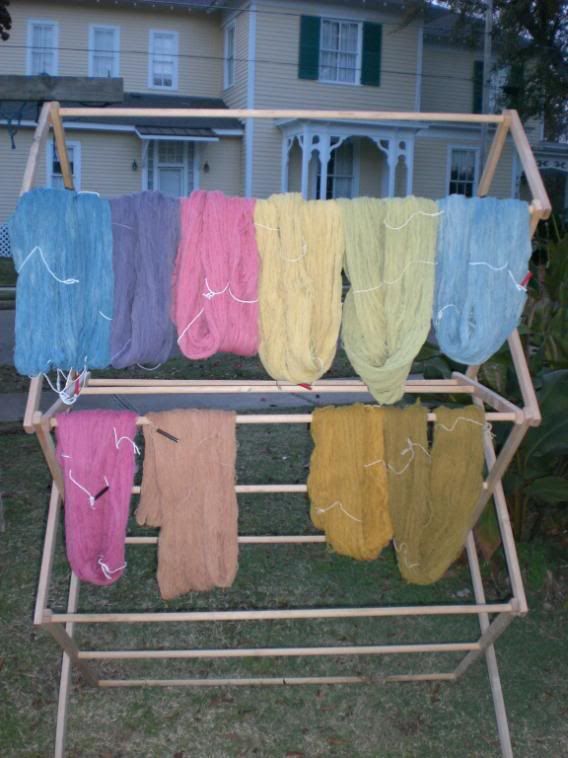
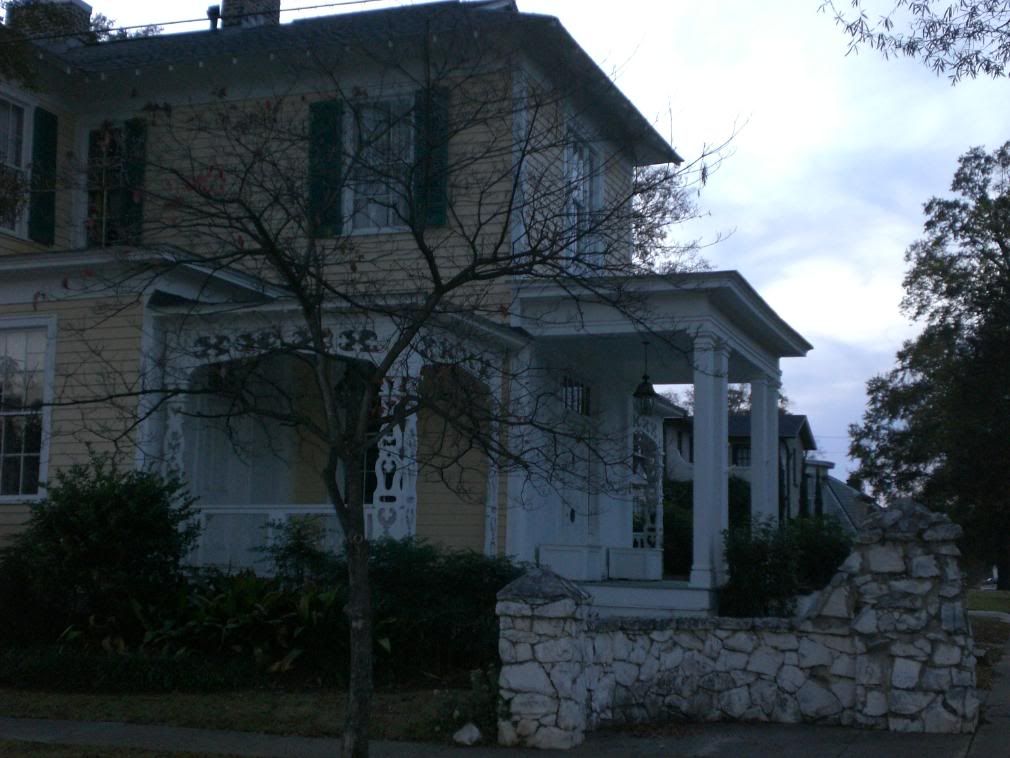

Comment